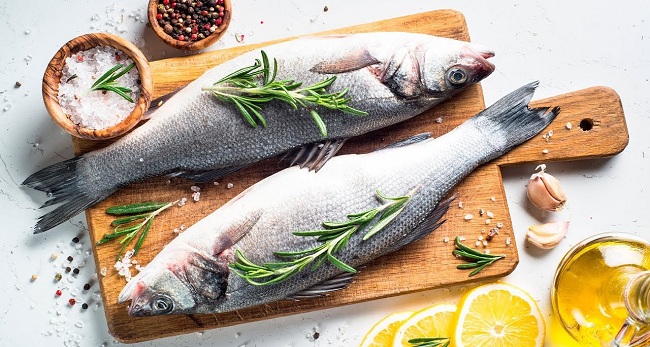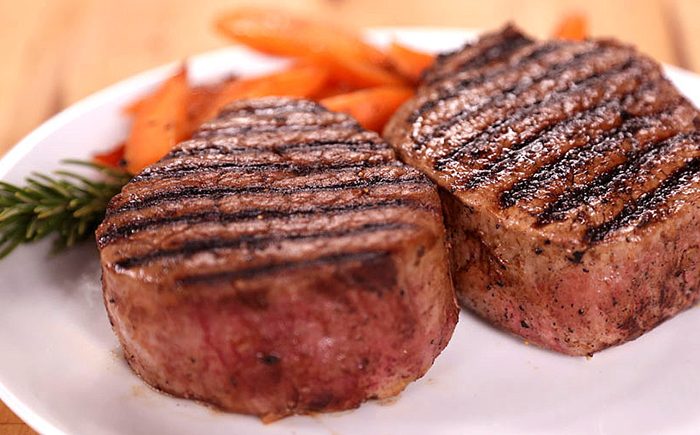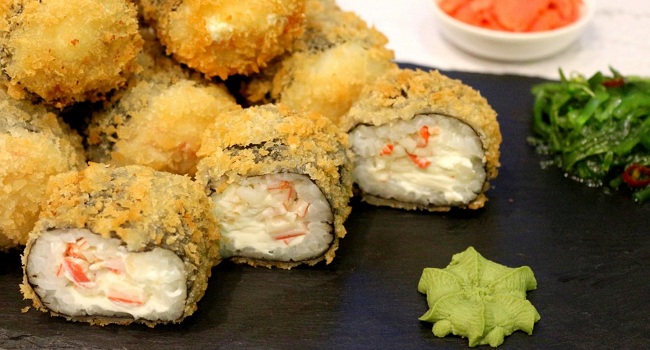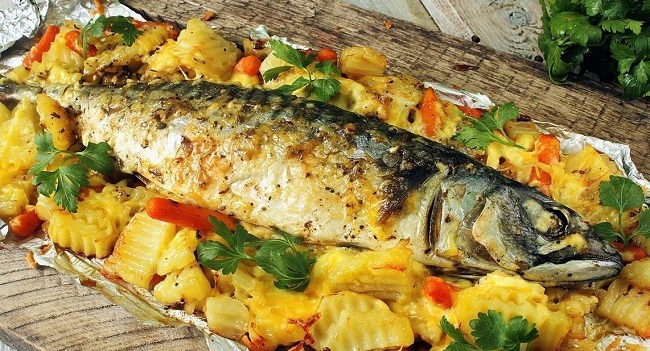Everyone loves to eat fish, but not everyone knows how to cook it properly and tasty. Following our advice, you will have the most delicious fish!
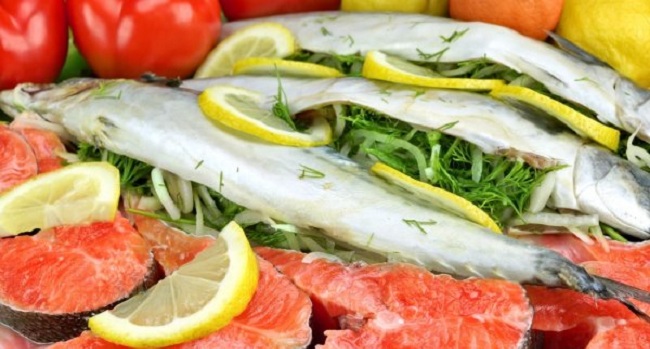
- At the flounder, the head is removed with an oblique cut so that the abdomen is simultaneously opened, then the fish is gutted. After that, grab the skin on the dark side of the fish with a knife and finger and tear it off with a sharp movement, then cut off the fringe of the fins and the caudal fin, peel off the scales on the light side of the skin and thoroughly wash the fish.
- The carp and silver carp are cleaned of scales, the head is cut off and, without cutting the abdomen, the insides are removed, and the gills are removed from the head. After that, they are washed in cold water and cut across into portions.
- It is recommended to remove the skin from burbot, eel and large navaga; in small navaga, the skin may not be removed.
- The skin is removed only from large fish and in the manufacture of minced cutlet.
- In burbot, eel and catfish, the skin around the head is cut and, by separating the skin from the meat with your fingers, it is removed entirely. Then the abdomen is cut, the entrails and fins are removed, and the head is cut off. The cut fish are washed with plenty of cold water.
- Mackerel should be cleaned as follows: with your thumb and forefinger, take the gills from one side of the head and tear them off with a sharp movement, while part of the viscera is removed along with the gills. Then, with a sharp knife, cut along the abdomen, open and clean thoroughly. Rinse with plenty of water and soak in cold water for 10 minutes. You do not need to cut off the head, after baking or frying it will be soft and tasty.
- Processing zander and perch should begin with the removal of the hard dorsal fin. Pull the fin towards the head, after cutting the flesh on both sides of it. It is advisable to dip the fish in boiling water for a minute.
- Sauces and soups can be prepared from broth in which heads without gills, spine, rib bones were cooked; fins, tail and skin with scales. It is advisable to strain the broth.
- To obtain a fillet with skin and rib bones, the pulp is cut along the back of the carcass to the ribs, then cut along the spine, while cutting off the pulp with rib bones. Two fillets are obtained: one with a backbone and rib bones, the other with only rib bones. If you need to get both fillets with only rib bones, then the first is also cut from the spine. This is how fish is cut for cooking and frying in portions.
- Fillets of pike perch, catfish, cod, mackerel are cut into thin wide slices (one per serving), sprinkled with salt, pepper, breaded in flour, moistened in a lezon (an egg loosened with 1 tablespoon of milk) and breaded again in breadcrumbs.
- Portions are fried on a wire rack, medium-sized fish is fried as a whole. Before frying, place a grate over hot coals and, when it warms up, rub it with pork bacon, then put the fish and fry on both sides.
- Fish, fried on a spit or wire rack, is served with lemon and herbs, sauces, ketchup – tomato or kebab.


